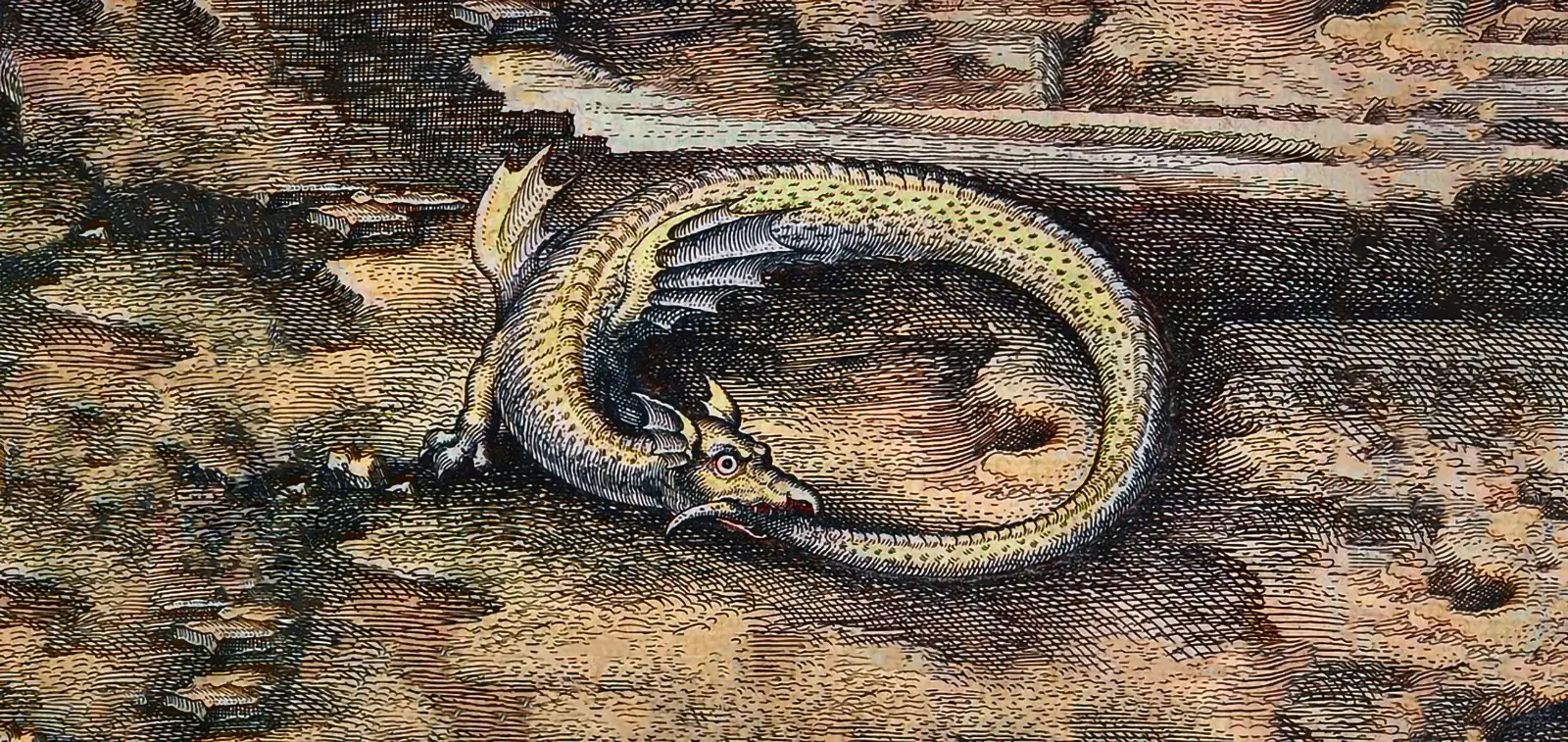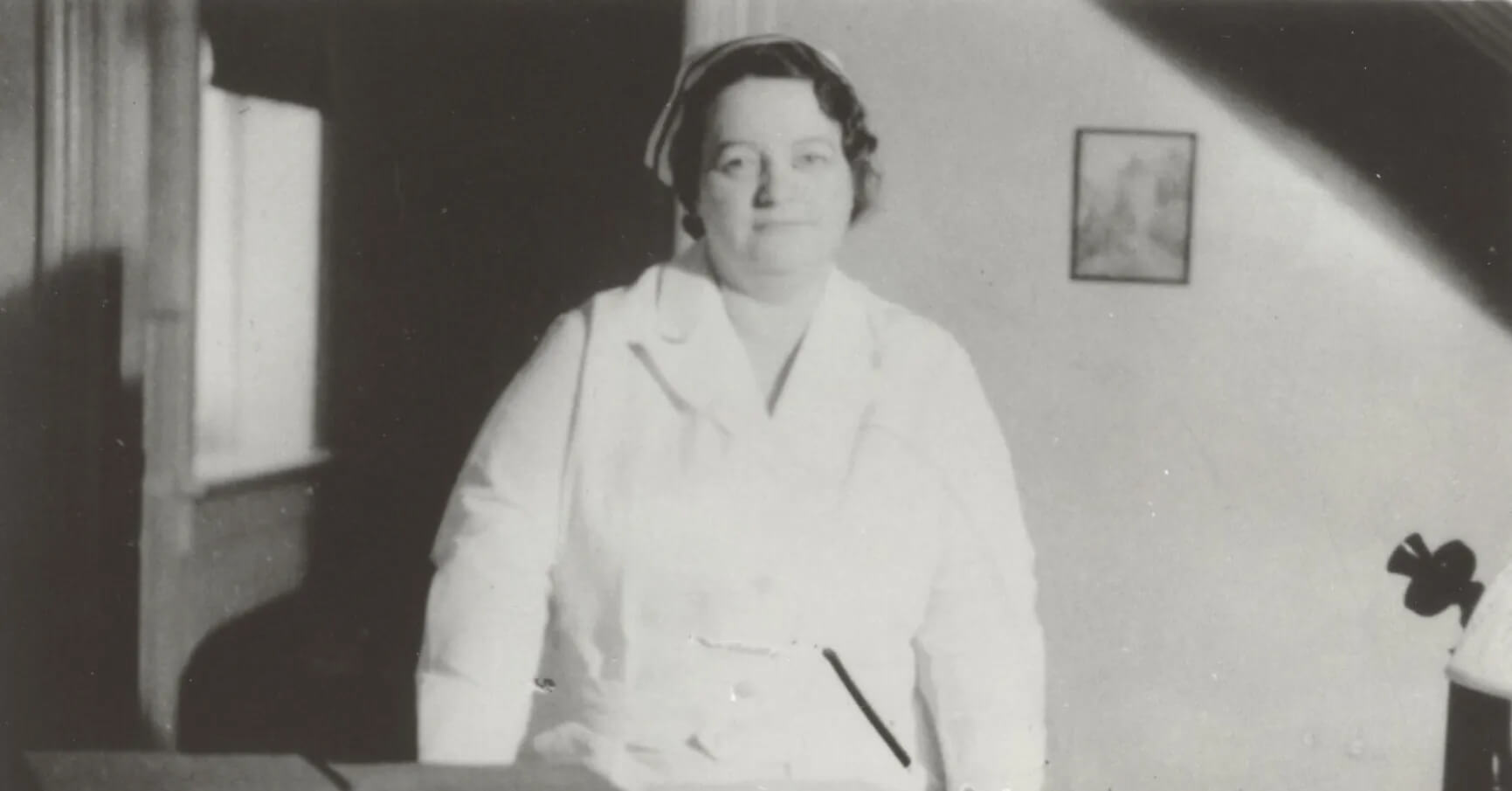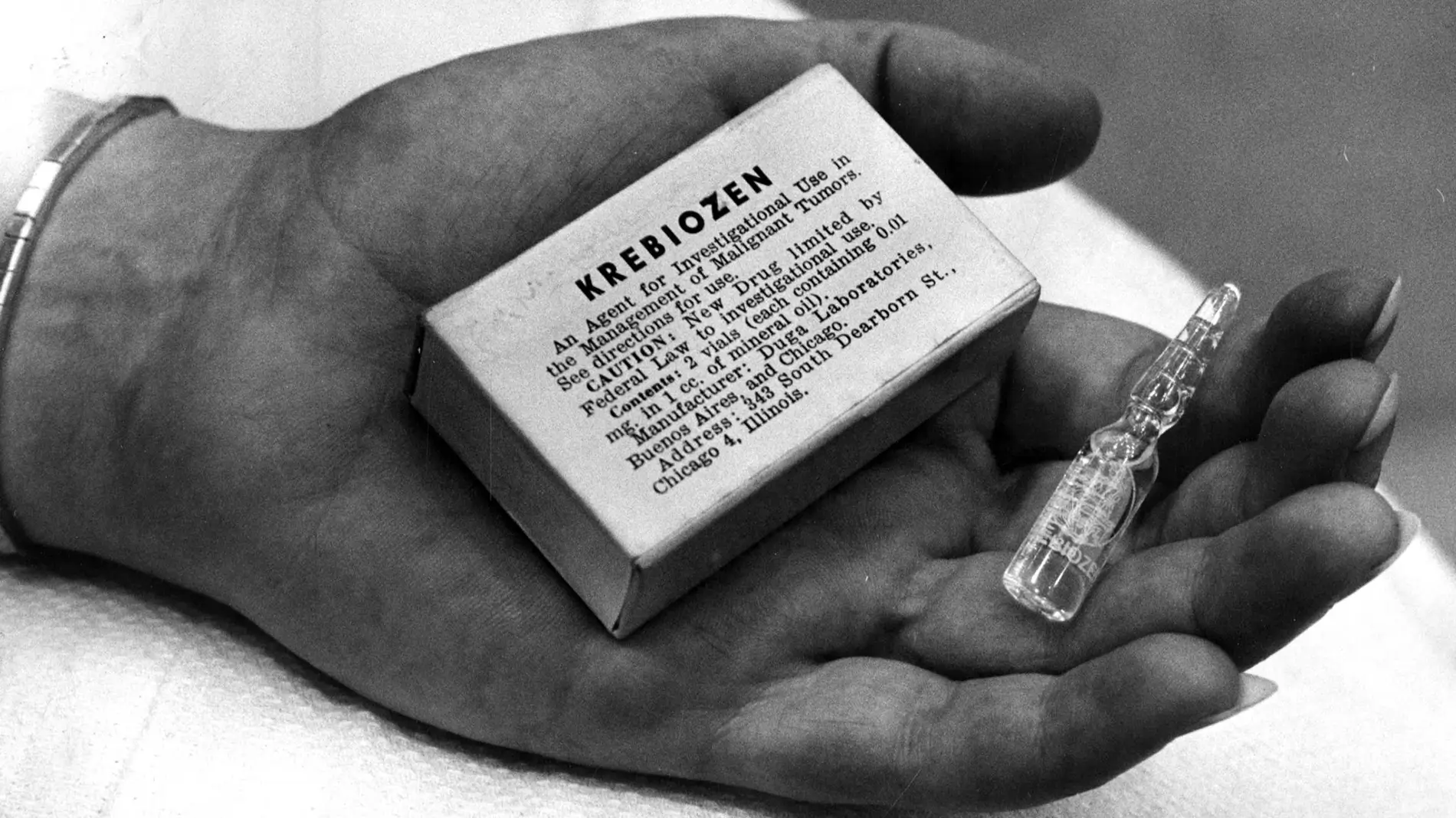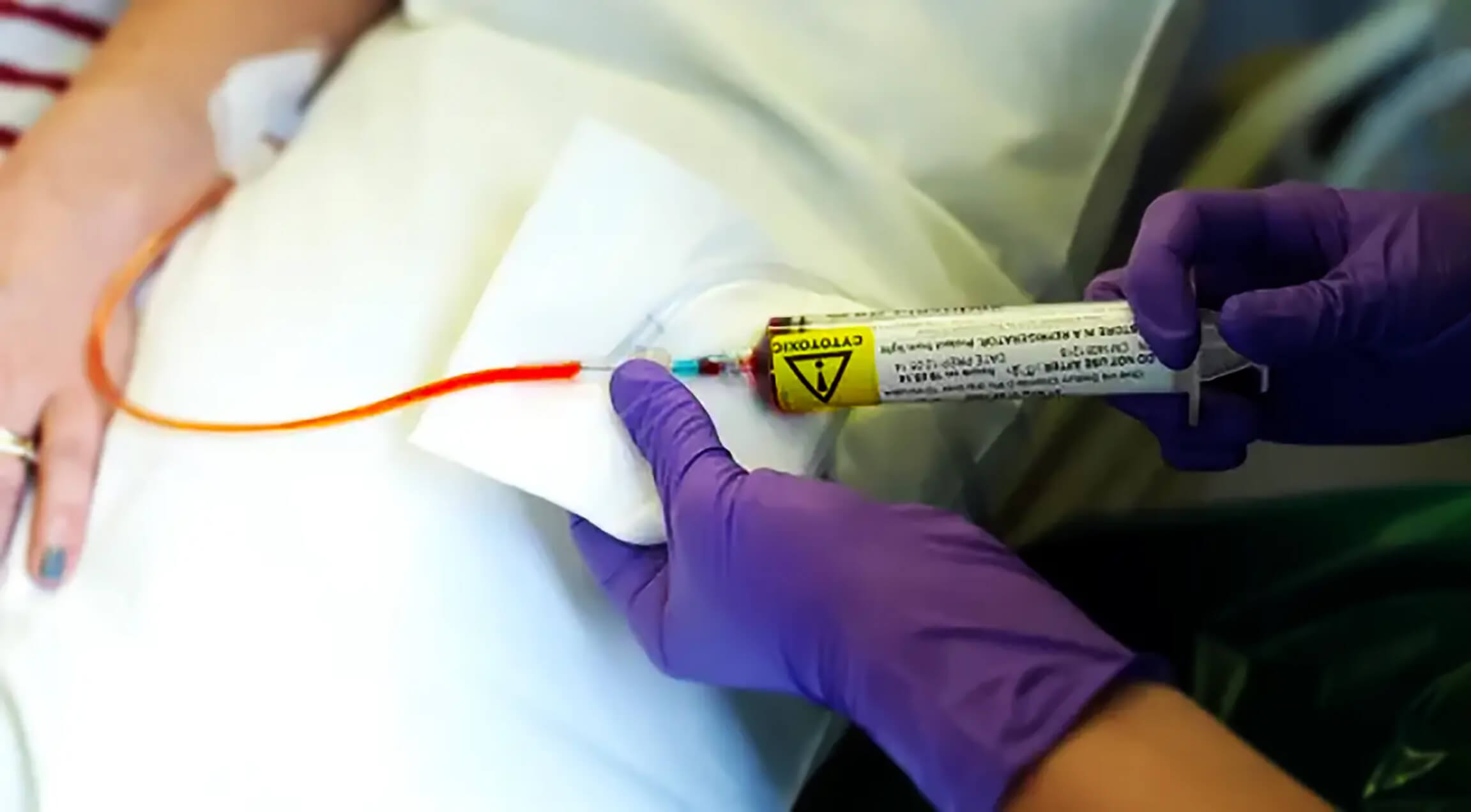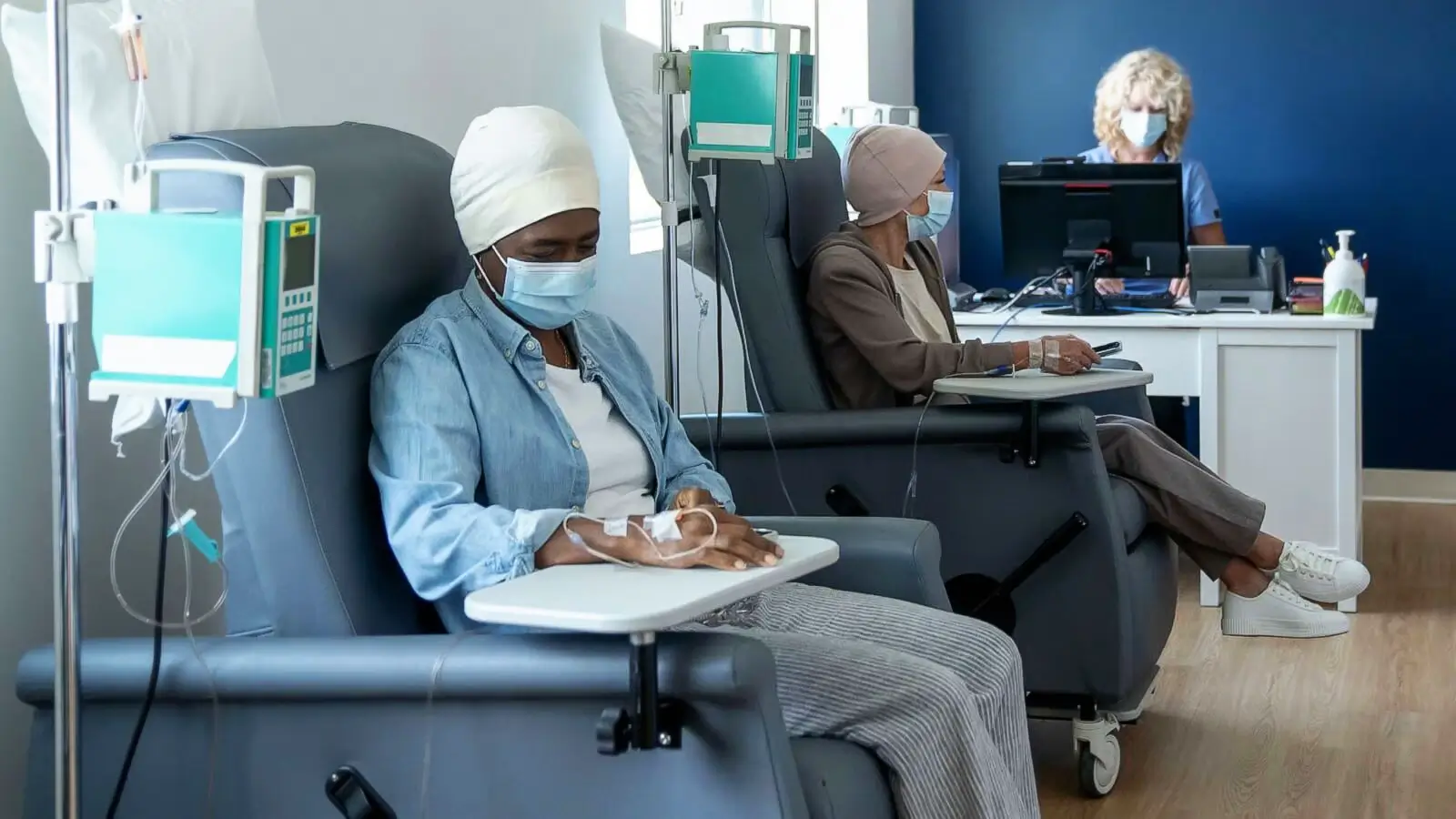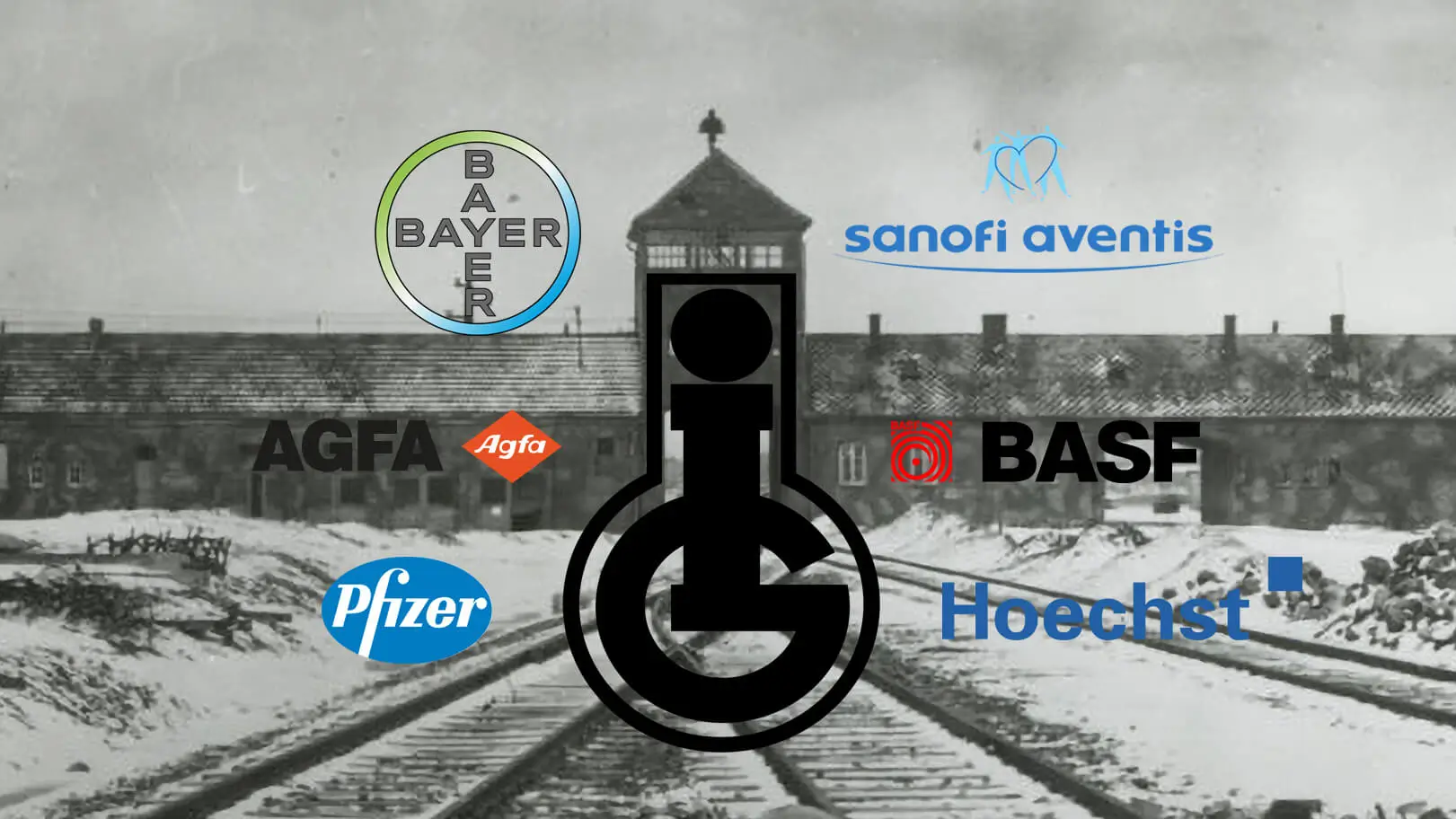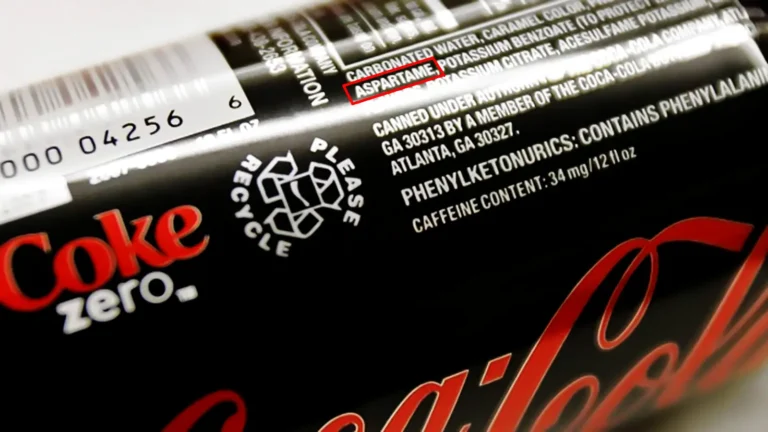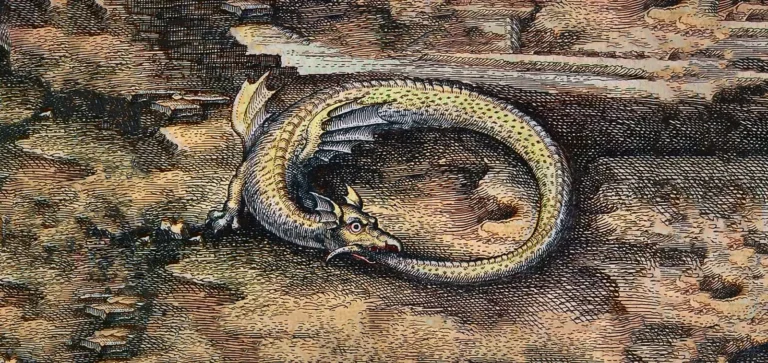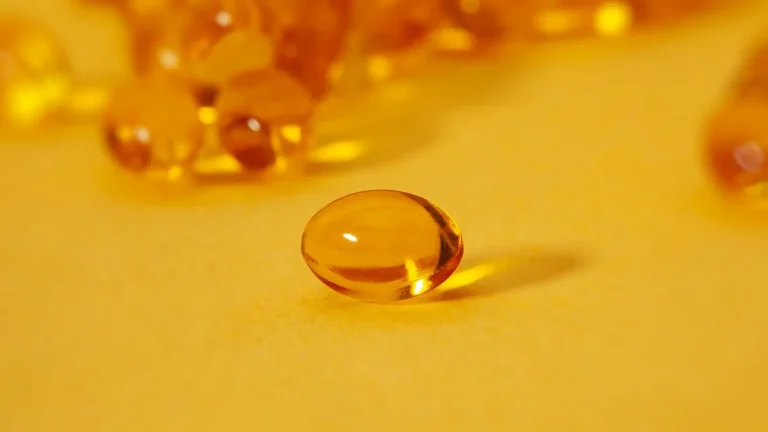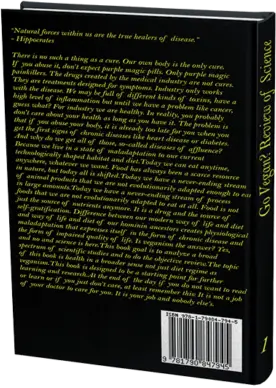El cáncer, La Prohibida Curas-máquina de Rife, reseña Histórica
La tasa de recuperación de pacientes con cáncer no tratable y declarados enfermos terminales mediante la utilización de la tecnología resonante de la máquina Rife fue del 100%.
Milos Pokimica
Escrito por: Milos Pokimica
Revisado Médicamente Por: Dr. Xiùying Wáng, M.D.
Updated diciembre 22, 2025Royal Raymond Rife desarrolló una tecnología que aún hoy se utiliza comúnmente en los campos de la óptica, la microscopía, la electrónica, la radioquímica, la bioquímica, la balística y la aviación y, en particular, en la obtención de imágenes y la microscopía médica. Royal Raymond Rife también desarrolló una tecnología (Máquina de Rife) que sorprendió y que usted probablemente desconoce. En vida, fue galardonado con 14 premios diferentes. Rife estudió en la Universidad de Heidelberg, en Alemania. Allí recibió el título honorífico de Doctor en Parasitología. Rife también recibió un título honorario de Doctor en Ciencias de la Universidad del Sur de California en 1936.
Entre los inventos de Rifle figuran el microscopio ultravioleta heterodino, un microdisector y un micromanipulador.
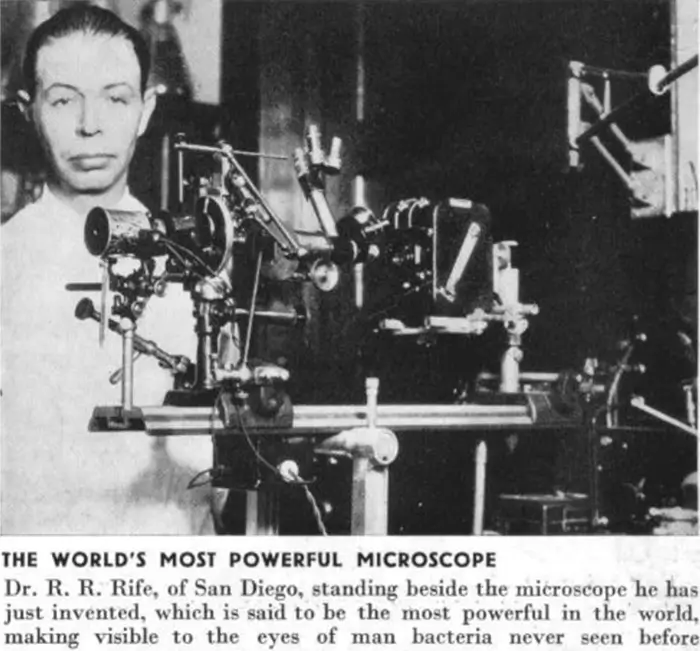
No era un charlatán como la mayoría de la gente "educada" en el campo de la medicina quiere hacer creer. Mientras estudiaba en la universidad, trabajó en la empresa Carl Zeiss, en sus oficinas de Nueva York y, más tarde, en sus oficinas de Alemania, donde trabajó directamente con Carl Zeiss, Hans Luckel y otros científicos en la investigación, el diseño y la producción de excelentes microscopios. Pasó cinco años trabajando con ese grupo mientras estudiaba en la Universidad de Heidelberg. Se dice que Rife trabajó con la Marina de los Estados Unidos antes y durante la Primera Guerra Mundial y que fue nombrado Teniente Comandante de la USNR. Durante los años anteriores a la gran depresión, el Dr. Rife trabajó tanto para el Gobierno de los Estados Unidos como para la empresa Carl Zeiss Optics. En un momento dado, su base monetaria se disolvió y aceptó un trabajo como chófer del multimillonario Henry Timkin. La asociación del Dr. Rife con Henry Timkin fue provechosa para ambos. Timkin fabricaba rodamientos de rodillos. Algunos de los rodamientos se estaban desmoronando debido a imperfecciones en el acero utilizado para crearlos. Rife diseñó y construyó un aparato de rayos X que controlaba cada rodamiento que salía y descartaba todos los defectuosos antes de que pudieran enviarse como producto acabado. Ahorró millones a la empresa. Timkin quedó tan satisfecho que estableció un pago mensual vitalicio a Rife por proporcionarle la máquina de rayos X especializada para su entorno de producción.
Henry Timkin y su socio Bridges quedaron tan fascinados con el Dr. Rife y su trabajo que crearon un fondo para financiar un laboratorio totalmente equipado en Point Loma, California, y sufragar los gastos de un programa de investigación en el laboratorio creado. En el laboratorio mencionado realizó la mayoría de sus experimentos. En un momento dado, Rife llegó a tener hasta doce ayudantes de laboratorio trabajando para él. En 1916, los microscopios más potentes podían alcanzar un aumento de 2.500 diámetros. Con este instrumento, un científico podía ver parásitos, moho y muchas bacterias, pero nadie había visto un virus.
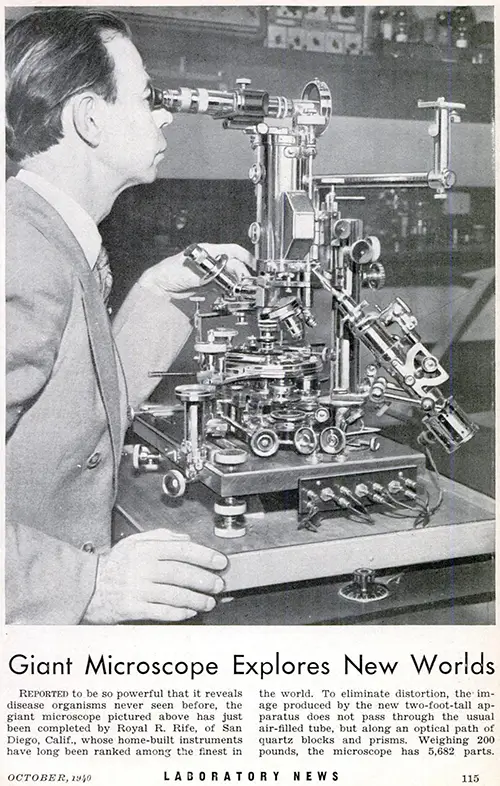
Rife construyó un instrumento de aumento que funcionaba según un principio diferente al de los microscopios existentes en su época. El primer microscopio que le permitió ver un virus lo construyó en 1920. Rife fue el creador del Microscopio Universal que presentó al mundo en 1933 como el microscopio más potente del mundo. Una de las diversas características atractivas de este microscopio es que, a diferencia del Microscopio Electrónico, el Microscopio Universal no mata a los especímenes bajo observación y permite la observación de especímenes vivos reales en todas las condiciones, lo que indica que no depende de la fijación o tinción para dar visibilidad o definición. Con su microscopio, Rife se convirtió en el primer ser humano que vio realmente un virus vivo y, hasta hace muy poco, el Microscopio Universal era el único capaz de observar virus vivos. Los microscopios electrónicos modernos lo matan todo al instante. El microscopio de Rife puede ver la bulliciosa actividad de los virus vivos a medida que cambian de forma para adaptarse a los cambios de un entorno, se replican rápidamente en respuesta a carcinógenos y transforman células normales en tumorales. Rife lo consiguió utilizando diversas formas de iluminación para hacer visibles los virus. Primero empleó la técnica de utilizar luz para teñir los sujetos porque comprendió que las partículas de las tinciones químicas eran demasiado grandes para penetrar en las estructuras que intentaba visualizar.
Además, las tinciones utilizadas en microscopía suelen ser letales para los especímenes. Un factor que permitió estas imágenes originales fue el uso por parte de Rife de una herramienta llamada prisma contrarrotante Risley. El rayo refractado y polarizado ocultaría normalmente organismos que son invisibles y se harían visibles en colores propios de su estructura o composición química. Todos los elementos ópticos estaban hechos de cuarzo en bloque, que permite el paso de los rayos ultravioleta. De este modo, Rife descubrió que las distintas bacterias y virus brillan a frecuencias diferentes. Esto demostró que los organismos podían clasificarse por su índice de refracción o, en otras palabras, por su frecuencia de resonancia. En otras palabras, descubrió que vibran con frecuencias diferentes. Rife clasificó lentamente la firma espectroscópica única de cada microbio, utilizando un accesorio de espectroscopio de hendidura. A continuación, giró gradualmente unos prismas para enfocar la luz de una longitud de onda individual sobre el microorganismo que estaba examinando. Entonces resonó con la frecuencia de la firma espectroscópica del microbio basándose en el hecho, ahora establecido, de que cada molécula oscila a su frecuencia distinta.
Utilizando una longitud de onda resonante, los microorganismos que no pueden verse con luz blanca se hacen visibles de repente como un destello de luz cuando se exponen a la frecuencia de color que resuena con su firma espectroscópica distintiva. Rife era capaz de ver esos organismos, de otro modo invisibles, y observar cómo se comportaban. Podía ver organismos que nadie más podía ver con microscopios ordinarios.
Rife estaba tan adelantado a sus compañeros de trabajo en los años 30 que les resultaba difícil entender lo que realmente estaba haciendo sin viajar directamente a San Diego al laboratorio de Rife para mirar por sí mismos a través de su Microscopio Virus. Y varios hicieron precisamente eso. Una de ellas fue Virginia Livingston. Al final se fue de Nueva Jersey al barrio de Point Loma (San Diego) de Rife a vivir y se convirtió en una visitante habitual de su laboratorio. En la actualidad se atribuye a Virginia Livingston el mérito de haber identificado el organismo causante del cáncer humano, basándose en los trabajos de investigación que publicó en 1948. La verdad es que Rife había identificado el virus del cáncer humano en 1920. Llamó al virus del cáncer 'Cryptocides primordiales'. Virginia Livingston lo renombró como 'Cryptocides Progenitores'. Royal Rife nunca fue mencionado en sus documentos.
De hecho, Rife rara vez obtuvo reconocimiento por sus monumentales descubrimientos. Era un científico modesto y humilde, comprometido con la expansión de sus descubrimientos más que con la ambición, la fama y la gloria. Comenzó a investigar la tuberculosis en 1920. En poco tiempo, Rife tuvo claro que en esta enfermedad había algo más que una bacteria. Esto le animó a desarrollar microscopios de "virus", dos de los cuales precedieron al Universal. Rife fue el primer científico en aislar y fotografiar la tuberculosis activa, así como muchos otros virus. Rife también trabajó en el aislamiento de un virus específico del cáncer, al ver que emitía una emanación única de color rojo púrpura. No tuvo éxito hasta que Rife, por error, dejó un tubo a la luz de una lámpara ionizante. Notó que el tubo se enturbiaba, registrando actividad.
Su trabajo conduce al primer cultivo con éxito del virus fuera de un huésped vivo. Rife extrajo el virus del cáncer de una "masa mamaria humana". Lo filtró, lo cultivó y lo volvió a cultivar más de diez veces durante un período de doscientas cuarenta horas. Insertaron el cultivo de la última generación en una rata viva. La rata inevitablemente desarrollaría cáncer. Rife extraía entonces el cáncer, extraía el virus y repetía el proceso. Realizó este procedimiento más de cuatrocientas veces.
Estableció categóricamente que el virus inducía tumores cancerosos en todos los casos. Después de que el Dr. Rife supiera cómo ver un virus, el siguiente paso lógico fue idear un método para matar el virus o microbio sin dañar al huésped. Desde los días de Nikola Tesla y su trabajo, los hombres de ciencia conocían la conexión de las frecuencias con el funcionamiento del cuerpo humano, así que Rife recurrió a las frecuencias electromagnéticas porque podía detectar bacterias y virus a frecuencias únicas y luego exponerlos y observar los efectos. Descubrió que cada microorganismo tenía una frecuencia distinta a la que resonaba y quedaba indefenso. Rife denominó a esto la "tasa oscilatoria mortal."
Una y otra vez observaba cómo el virus absorbía energía y moría cuando se le aplicaba una frecuencia determinada. A veces incluso explotaban. Creó gráficos que revelaban qué ajustes de frecuencia mataban a cada microbio o virus. Si no hubiera inventado su microscopio, no habría existido ningún tratamiento basado en la resonancia. Surgieron numerosos informes y noticias sobre estos extraordinarios logros. Su trabajo llegó a ser conocido por muchos médicos de la zona del sur de California. Algunos de ellos incluso vinieron de todos los Estados Unidos para observar lo que hacía y verificar sus resultados. En noviembre de 1931, el Dr. Milbank Johnson convocó a cuarenta y cuatro médicos del área de Los Ángeles a su casa de Pasadena, California, para reconocer a Rife por el trabajo que estaba realizando. El Dr. Royal Rife fue reconocido como el hombre que acabó con todas las enfermedades que alguna vez existieron. Bueno, al menos las que son infecciosas y pueden ser bombardeadas con resonancia. El banquete incluso se llamó "El fin de todas las enfermedades".
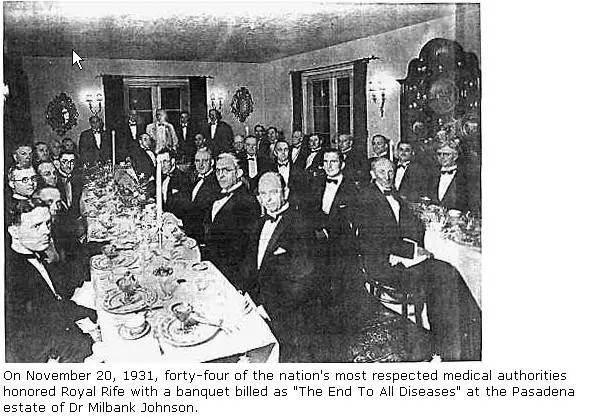
En 1934, un grupo de médicos dirigidos por el Dr. Milbank Johnson de Pasadena, California, en un experimento patrocinado por la Universidad de California, trajeron a dieciséis enfermos terminales de un hospital de San Diego. Se les irradió con las frecuencias recomendadas por el Dr. Royal Rife durante noventa días para activar la resonancia y destruir el cáncer.
Fue la primera vez en la historia que enfermos terminales de cáncer se curaban por completo.
Vuelve a leer esta frase.
Fue la primera vez en la historia que enfermos terminales de cáncer se curaban por completo.
Catorce de los pacientes quedaron completamente libres de cáncer en ese momento. A continuación se ajustó la terapia, es decir, la frecuencia de resonancia, y los dos pacientes restantes también respondieron.
La tasa de recuperación de pacientes con cáncer no tratable y declarados enfermos terminales por la industria médica aceptada mediante la utilización de la tecnología resonante de Rife fue del 100%.
Vuelve a leer esta frase.
La tasa de recuperación de pacientes con cáncer no tratable y declarados enfermos terminales por la industria médica aceptada mediante la utilización de la tecnología resonante de Rife fue del 100%.
A lo largo de 1939, el Dr. Rife fue convocado formalmente para dirigirse a la Real Sociedad de Medicina de Londres, Inglaterra, que había verificado sus descubrimientos. Además, recibió invitaciones para dar conferencias en Francia y Alemania. El Dr. R. Seidel describió y publicó formalmente la terapia del sistema del tubo de rayos Rife para el tratamiento del cáncer en la revista del Instituto Franklin en febrero de 1944. Los tratamientos del Dr. Rife para las infecciones víricas y bacterianas y sus microscopios fueron descritos y elogiados por el Instituto Smithsonian en un artículo publicado en la publicación del Instituto durante 1944. Un informe del Instituto Smithsonian confirma el trabajo de Rife. Titulado "El Nuevo Microscopio" por el Dr. R.E. Seidel (informe #3781) afirma:
"Bajo el Microscopio Universal se puede observar que organismos patógenos como los del cáncer... y otra enfermedad sucumben cuando se exponen a ciertas frecuencias letales..."
A Rife le llevó mucho tiempo, años de su vida, trabajando 48 horas seguidas hasta que detectó las frecuencias que destruían explícitamente los organismos del herpes, la poliomielitis, la meningitis espinal, el tétanos, la gripe y un inmenso número de otras enfermedades peligrosas.
Al principio, se intentó comprar a Rife. Morris Fishbein, un médico que llegó a ser editor del Journal of the American Medical Association, envió un abogado a Rife con "una oferta que no puede rechazar".
Rife se negó.
Nunca conoceremos los términos exactos de esta oferta, pero es muy probable que no quisieran que su máquina se comercializara. Probablemente intentaron sobornarle para que destruyera su invento. Por ejemplo, cuando Fishbein hizo una oferta similar a Hoxsey, éste la rechazó. Fishbein utilizó sus poderosas asociaciones gubernamentales para que Hoxsey fuera detenido 125 veces en 16 meses. Los cargos siempre fueron desestimados en los tribunales, pero el acoso continuó. Llegó a ser tan grave que la AMA colocó octavillas en todas las oficinas de correos de todo el país para asustar a la gente de que utilizara a Hoxsey y cualquier otro tratamiento alternativo contra el cáncer. Sin embargo, lo que tenemos que entender es que no actuó solo. Por aquel entonces sólo era un líder de la AMA. Más tarde, en 1961, se convirtió en el editor fundador de Medical World News, una revista para médicos. En 1970 fundó el Centro Morris Fishbein para el estudio de la historia de la ciencia y la medicina en la Universidad de Chicago.
Sin embargo, Fishbein y la AMA debieron reconocer que este enfoque sería contraproducente si se utilizaba contra Rife. No podrían arrestar a Rife como a Hoxsey por practicar la medicina sin licencia. Además, un juicio con cargos falsos significaría que destacadas autoridades médicas que trabajaban con Rife presentarían su testimonio en apoyo de Rife y la noticia de su invento llegaría al gran público. La defensa seguramente introduciría pruebas como el estudio médico de 1934 realizado con la USC. Si tuvieran un juicio público sobre una terapia indolora que curaba 100% de pacientes terminales de cáncer con pruebas médicas y además no costaba nada usarla salvo un poco de electricidad. Pues eso no era lo que querían los poderes fácticos. Rife no apareció de la nada. Era un científico muy conocido que había pasado décadas recopilando pruebas precisas de su trabajo. Tenía películas y fotografías en stop-motion que podían hacerse públicas, etcétera.
Tuvieron que emplear tácticas diferentes y las utilizaron.
El primer incidente fue la desaparición gradual de películas, fotografías, componentes, registros escritos y otras pruebas del laboratorio de Rife. Nunca se descubrió al culpable.
Después, mientras Rife intentaba replicar los datos que le faltaban (cuando no había ordenadores disponibles), alguien destrozó sus caros microscopios antivirus.
Entonces todo el laboratorio ardió "misteriosamente" en el momento en que los hombres que dirigían el laboratorio estaban visitando a Rife en San Diego.
Después, los papeles del laboratorio de Rife en San Diego desaparecieron "misteriosamente", al igual que partes de sus microscopios.
El golpe final se produjo más tarde, cuando la policía incautó ilegalmente el resto de los 50 años de investigación de Rife.
El médico que más ayudó al Dr. Royal Rife a recibir reconocimiento por su trabajo fue el Dr. Milbank Johnson. Un día lo llevaron al hospital por lo que los médicos que lo atendieron en 1944 pensaron que era un problema menor, pero allí murió "misteriosamente" de una intoxicación alimentaria.
Rife y sus socios habían creado una empresa llamada Ray Beam Tube Corporation para construir la máquina de Rife. Había dado empleo y un contrato a un ingeniero para que se encargara de la producción. Fishbein supuestamente apoyó al ingeniero para que presentara una demanda contra Rife. El pleito fue largo y costoso. Rife ganó, pero el coste del pleito provocó la destrucción financiera de la empresa y, en tiempos de la gran depresión, el fin de la producción. Se gastó una enorme cantidad de dinero en efectivo para asegurarse de que los médicos que habían visto la terapia de Rife y conocían su trabajo lo olvidaran todo o, de lo contrario, la Asociación Médica Americana y el Estado de California les amenazaron con la pérdida de sus licencias si continuaban con el programa. Arthur Kendall, que trabajó con Rife en el virus del cáncer, aceptó casi un cuarto de millón de dólares para "retirarse" repentinamente en México. El Dr. George Dock, que colaboró con Rife, fue silenciado con una enorme subvención, junto con los más altos honores que la AMA podía conceder. El Dr. Couche y el Dr. Milbank Johnson también abandonaron el trabajo de Rife y volvieron a recetar medicamentos.
Este tratamiento destruyó emocionalmente al propio Rife y todo su programa se disolvió. La pérdida de su laboratorio y los resultados mentales y emocionales del pleito fueron suficientes para que Rife se convirtiera en alcohólico. Durante 1950 Rife trabajó para mejorar los instrumentos de energía con John Crane. John Crane acabó quedándose con el derecho a los microscopios. En 1960 funcionarios médicos invadieron el laboratorio de Crane y confiscaron todos los aparatos y registros. Eso no fue suficiente, así que también fue acusado por el Estado de California de cometer fraude y enviado a prisión.
Se dice que Rife escapó a México en ese momento. No volvió a trabajar con nadie después de ese último incidente. Rife murió en 1971, en el Hospital Grossman de El Cajón, California, de un ataque al corazón tras pasar los últimos años de su vida en una residencia de ancianos de El Cajón. No tenía amigos ni dinero. Descubrió un método electrónico increíblemente sencillo para curar todas las enfermedades. Hizo el descubrimiento de bajo coste que podría acabar con el sufrimiento de incontables millones de personas. Habría cambiado la vida en la Tierra para siempre. Seguramente, el mundo de la medicina se apresuraría a acogerlo con todos los elogios y recompensas económicas imaginables. Usted ha contraído una cura universal que hace obsoletos los fármacos, y el único coste de su uso es la electricidad, así que la industria farmacéutica estaría encantada de conocer su trabajo. Por supuesto, algunos de ustedes pueden considerar esto sólo como una divertida pieza de ficción. Hagan su propia investigación y crean lo que quieran. En realidad, esta tecnología podría tener un gran potencial si se desarrolla adecuadamente. La única pregunta aquí es ¿podría dirigirse a todos los virus o sólo a algunos de ellos? Sabemos que curó el cáncer en un 100%. Sin embargo, si la resonancia de los microbios está demasiado cerca del resto de las células humanas la radiación les transferiría parte de la energía quemando tejido normal, pero si la frecuencia es distintiva, entonces podría funcionar. Hoy en día, por ejemplo, hay miles de personas a las que se les ha diagnosticado la enfermedad de Lyme, pero el tratamiento con antibióticos no produce alivio a largo plazo. La terapia con la máquina Rife está resultando valiosa y es la única terapia a largo plazo que existe para la enfermedad de Lyme. Pero nunca lo sabremos realmente. No quedan datos originales del trabajo de Rife. Nunca se ha hecho ciencia después de él.
La magnitud de este crimen demencial eclipsa todos los asesinatos en masa de la historia.
Referencias:
Pasajes seleccionados de un libro: Pokimica, Milos. Go Vegan? Examen de Ciencias de la Parte 2. Kindle ed., Amazon, 2018.
Contenidos Relacionados
¿Tienes alguna duda acerca de la nutrición y la salud?
Me encantaría saber de usted y responderlas en mi próxima publicación. Agradezco sus aportes y opiniones y espero tener noticias suyas pronto. También te invito a síguenos en Facebook, Instagram y Pinterest para más contenidos sobre dieta, nutrición y salud. Puedes dejar un comentario allí y conectar con otros entusiastas de la salud, compartir tus consejos y experiencias, y recibir apoyo y ánimo de nuestro equipo y nuestra comunidad.
Espero que este post le haya resultado informativo y ameno y que esté preparado para aplicar los conocimientos adquiridos. Si le ha resultado útil, por favor compártelo con tus amigos y familiares que también podrían beneficiarse de ella. Nunca se sabe quién puede necesitar orientación y apoyo en su camino hacia la salud.
– También Te Puede Interesar –

Aprenda Sobre Nutricion
Milos Pokimica es doctor en medicina natural, nutricionista clínico, escritor sobre salud médica y nutrición y asesor en ciencias de la nutrición. Autor de la serie de libros Go Vegan? Revisión de la Ciencia, también dirige el sitio web sobre salud natural GoVeganWay.com.
Descargo De Responsabilidad Médica
GoVeganWay.com le ofrece reseñas de las últimas investigaciones relacionadas con la nutrición y la salud. La información proporcionada representa la opinión personal del autor y no pretende ni implica sustituir el asesoramiento, diagnóstico o tratamiento médico profesional. La información proporcionada tiene fines informativos únicamente y no pretende sustituir la consulta, el diagnóstico y/o el tratamiento médico de un médico o proveedor de atención médica calificado.NUNCA ignore el CONSEJO MÉDICO PROFESIONAL O RETRASAR la BÚSQUEDA de TRATAMIENTO MÉDICO a CAUSA DE ALGO QUE HAYA LEÍDO EN O accesibles a TRAVÉS de GoVeganWay.com
NUNCA APLICAR CUALQUIER cambio de ESTILO de vida O CAMBIOS EN su totalidad COMO UNA CONSECUENCIA DE ALGO QUE HA LEÍDO EN GoVeganWay.com ANTES de CONSULTAR con LICENCIA PROFESIONAL MÉDICO.
En el caso de una emergencia médica, llame a un médico o al 911 inmediatamente. GoVeganWay.com no se recomienda ni aprueba ninguna de los grupos, las organizaciones, las pruebas, los médicos, productos, procedimientos, opiniones u otra información que pueda ser mencionado en el interior.
Selecciones del editor –
Milos Pokimica es escritor especializado en salud y nutrición y asesor en ciencias nutricionales. Autor de la serie de libros Go Vegan? Revisión de la Ciencia, también dirige el sitio web sobre salud natural GoVeganWay.com.
Últimos artículos -
Top Noticias De Salud — ScienceDaily
PubMed, #Dieta vegana –
- Dementia Care Research and Psychosocial Factorsen diciembre 25, 2025
CONCLUSION: Around 2% of the world’s population is homozygous for APOE4, making it increasingly rare for three siblings within one family to present with this genetic makeup, two of whom go on to develop early onset Alzheimer’s disease. Further medical testing is warranted regarding the current patient’s cognitive status and biomarkers for Alzheimer’s Disease. This case study could contribute to a greater understanding of protective lifestyle changes that delay Alzheimer’s disease, […]
- Comparing diet-related attitudes, perceptions, and behaviors of vegan and omnivorous adults: results from a cross-sectional survey study in Germanyen diciembre 22, 2025
CONCLUSION: The findings are consistent with and build on existing research on cognitive and behavioral patterns related to a vegan diet, while at the same time yielding some additional insights. In particular, the results on significant differences in the risk-benefit perception of a vegan diet, as well as on motivations and influences regarding the decision to follow a vegan diet provide an important basis for the development of public health interventions and a foundation for further […]
- Assessment of vitamin A, vitamin B2, vitamin B12, vitamin K, folate, and choline status following 4 months of multinutrient supplementation in healthy vegans: a randomised,…en diciembre 19, 2025
CONCLUSION: A multinutrient supplement containing 82 µg of vitamin B(12) per day significantly positively affected vitamin B(12) blood biomarkers in healthy vegans.
- Exploring the synergistic potential of pH and ultrasonication on the functional properties of pea and lentil protein isolates and its formulation in food producten diciembre 15, 2025
The substitution of meat proteins with plant-based proteins from various sources is often motivated by nutritional considerations. However, the inherent limited solubility of plant proteins, which results in suboptimal techno-functional properties, remains a persistent challenge in food formulation. The purpose of this study was to utilize unique properties of pea (Pisum sativum L.) and lentil (Lens culinaris) through ultrasonication and pH variation in order to develop a stable and […]
- Functional and Nutritional Properties of Lion’s Mane Mushrooms in Oat-Based Desserts for Dysphagia and Healthy Ageingen diciembre 11, 2025
Hericium erinaceus (Lion’s Mane mushroom) is a medicinal species recognised for its neuroprotective and antioxidant properties. This study investigated its potential as a functional ingredient in oat milk-based desserts formulated for individuals with dysphagia. Freeze-dried Lion’s Mane powder (LMP), containing high-quality protein (~16%, amino acid score 88%), dietary fibre (~31%), and phenolic compounds (72.15 mg GAE/g), was incorporated at varying levels using gelatin or iota-carrageenan […]
Publicaciones aleatorias –
Publicaciones destacadas -
La última versión desde PubMed, #Dieta basada en plantas –
- Seasonal Dietary Patterns of Tarim Red Deer (Cervus hanglu yarkandensis) Revealed by the trnL Sequencing Approach in the Tarim River Basin (Xinjiang, China)por Cheng Qi en diciembre 25, 2025
The Tarim red deer (Cervus hanglu yarkandensis) is a flagship species inhabiting the Euphrates poplar (Populus euphratica) riparian forests along the Tarim River in China. It is listed as a Class I nationally protected species but despite its importance, current knowledge about this subspecies remains limited, particularly regarding the seasonal variation in its foraging ecology within the Shaya region of Xinjiang-a landscape characterized by a mosaic of Euphrates poplar forests interspersed…
- The potential of immature jackfruit in meat analoguespor Anne C M Swinkels en diciembre 24, 2025
The jackfruit, the fruit of the jackfruit tree ( Artocarpus heterophyllus ), is a unique tropical fruit. While sweet and fruity in its ripe form, in its immature form, the jackfruit flesh mimics the texture of meat, making it an increasingly popular plant-based meat analogue. To reach its full potential as an ingredient for meat analogues, a better understanding of the immature fruit properties in relation to its behaviour in food products is required. This review focuses on immature […]
- The 3V score and joint associations of low ultra-processed food, biodiverse and plant-based diets on colorectal cancer risk: results from the European Prospective Investigation into Cancer and…por Emine Koc Cakmak en diciembre 24, 2025
BACKGROUND: Diet may modify colorectal cancer risk. We investigated the associations of three dietary patterns, ultra-processed food (UPF) consumption, healthy plant-based food consumption, and food biodiversity, separately and combined into a “3V” score with risk of colorectal cancer.
- Lifestyle-Based Approaches to Cancer Prevention and Treatment: Diet, Physical Activity, and Integrative Strategiespor Gianpiero Greco en diciembre 24, 2025
Cancer remains a leading global cause of morbidity and mortality. Modifiable lifestyle factors, including avoidance of tobacco use and excessive ultraviolet radiation, healthy dietary patterns, regular physical activity, and weight management, play key roles in prevention and care. This narrative review synthesizes evidence on lifestyle-based interventions influencing cancer risk, treatment tolerance, and survivorship. A literature search was conducted in PubMed and Scopus, supplemented by…
- Protection of clove extract against Salmonella enteritidis-induced intestinal dysfunction in broilers through JAK2/STAT3-mediated stem cell activationpor Yuqing Feng en diciembre 24, 2025
Salmonella enteritidis(SE) is a major pathogenic bacterium causing intestinal epithelial tissue damage in broiler chickens raised without antibiotic supplementation. Clove extract, as a natural antibacterial agent, possesses activity against bacterial invasion and improves intestinal health. However, the mechanism by which clove extract alleviates SE infection remains unclear. This study aimed to elucidate the protective effects of clove extract and its underlying mechanism against SE-induced…
- Public Healthpor Emily A Johnston en diciembre 23, 2025
CONCLUSION: Mean observed MIND diet and Veggie Meter scores show less than desirable intake of carotenoid-rich foods for reduction of AD/ADRD risk among participants. The majority of participants take dietary supplements, and few consume a diet supportive of brain health. Few cohort studies include subjective and objective diet assessments with actionable feedback for participants. These preliminary findings emphasize the need for further research into dietary interventions for prevention or…


